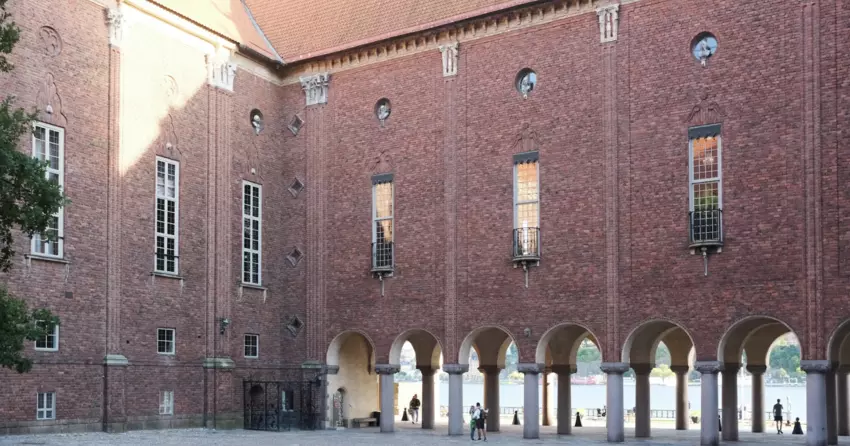
Nobel Prize for Physics Awarded to Pioneers in AI
This year, two scientists received the Nobel Prize for physics: John Hopfield, an American professor at Princeton University, and Geoffrey Hinton, an English professor at the University of Toronto. Both contributed to creating the building blocks of artificial intelligence.
John Hopfield created the Hopfield Network, which allows machines to save and recreate patterns. By leveraging our knowledge of physics, particularly the characteristics of atoms, the Hopfield Network allows machines to take a distorted or incomplete image and recreate a complete version of the same image through a series of steps.
His work is based on the principle that pixels in an image behave similarly to atoms, and patterns can emerge by analyzing the “energy” of the interconnected system.
Geoffrey Hinton then expanded the Hopfield Network, using it to create new capabilities. This allowed machines to classify images and “create new examples of the type of pattern on which it was trained.” This work has helped expand and accelerate the field of machine learning development.
Hinton created his machine by leveraging statistical physics, a field of science that focuses on systems built using the same or similar components.
In a press release, Ellen Moons, Chair of the Nobel Committee for Physics, said, “The laureates’ work has already been of the greatest benefit. In physics, we use artificial neural networks in a vast range of areas, such as developing new materials with specific properties.”
Machine learning was a giant leap in software technology. It diverged from traditional software, which takes in data, processes it according to pre-defined instructions, and provides an output. Machine learning, however, learns by example and can solve complicated problems that are either too complex or too vague for a standard set of instructions.
This technology is the base of what we see today with artificial intelligence, such as the ability to identify objects within a picture.
















